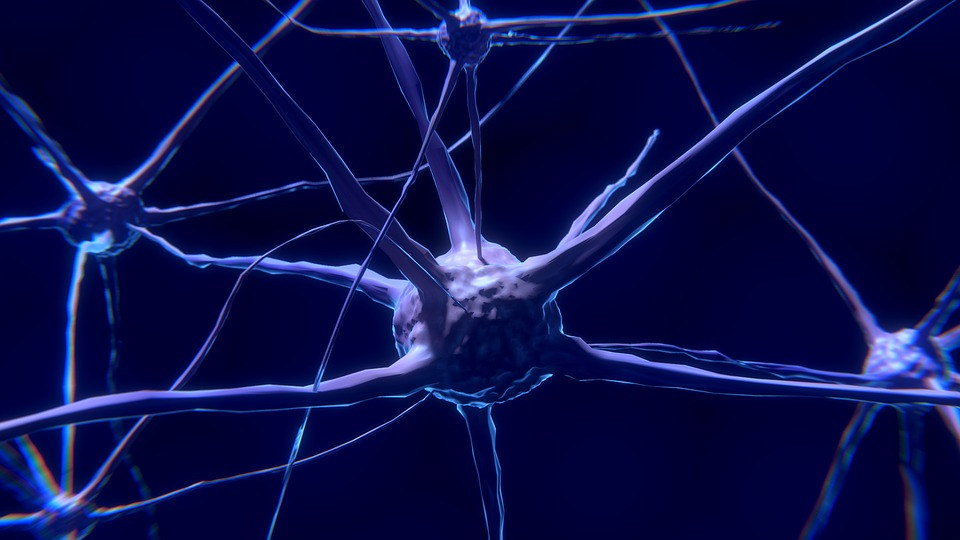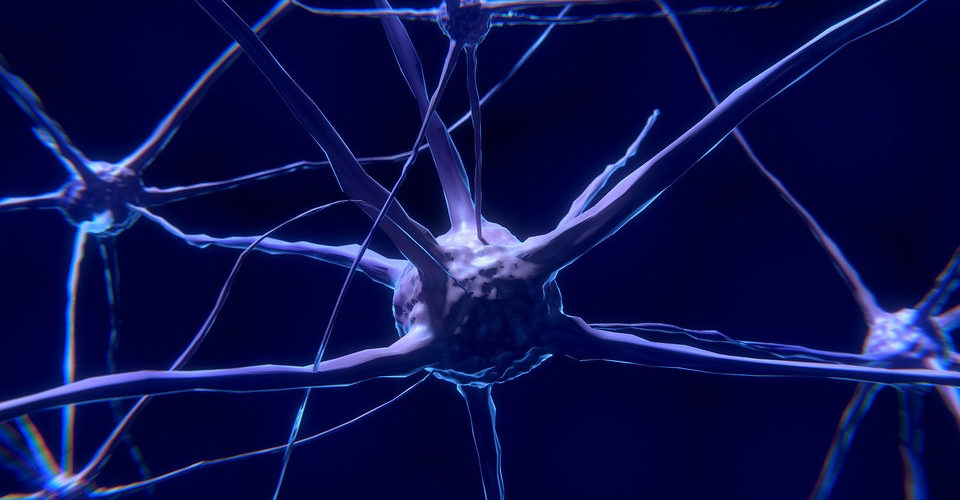We all know the sudden tingly feeling in our leg or foot and the numbness that comes with it. This feeling is often described as uncomfortable and, in some cases, even painful. But what is the reason behind this phenomenon?

When people say that a limb has “fallen asleep”, they usually think that is has something to do with the blood circulation, when in fact, it is all about the nerves. Nerves can be seen as some kind of wires that run through our whole body. They carry messages back and forth between the brain and the body. When you cross your legs or sit on your foot, the nerves in that area get temporarily compressed and are not able to send any more messages to the brain. That means that the connection is cut off and you cannot feel anything. The tingly feeling that follows as soon as you stand up or try to move the limb is a result of the connection being restored. The technical term for describing this sensation is paresthesia. Paresthesia simply means that one or more of the nerves in a body part have been compressed which therefore interferes with the nerve’s ability to communicate with the brain. This interference then results in numbness and the feeling of “pins and needles” in the affected body part. Everyone experiences the symptoms of the condition differently, ranging from mild to severe.
Common factors that can trigger paresthesia include sitting with the wrong posture or in the same position for an extended period of time, crossing our legs, and sleeping on our arm or hand. If one of these factors is the reason for the uncomfortable feeling in one’s limb, it should only last a couple of minutes. To regain the feeling in your body part, try shaking the arm or leg and move to a better position. A variety of stretches can help to reduce the risk for paresthesia by improving the blood circulation. Examples for these stretches would be the downward dog, diaphragmatic breathing, legs-up-the-wall pose, triangle pose, chair pose, pigeon pose and lunges, to only name a few.

In most cases, paresthesia is harmless and temporary but if the symptoms do not go away after 30 minutes, happen frequently or for unknown reasons, it is important to contact a healthcare provider to figure out what is causing the abnormal sensation. This case of (chronic) paresthesia could signal an underlying condition, such as a neurological disease (multiple sclerosis, stroke, brain/ spinal cord tumours) or nerve damage due to an injury or sickness. People who suffer from diabetes can sometimes experience paresthesia as well, which is a warning sign that their diabetes is poorly controlled and needs to be managed properly. These are just examples of what paresthesia can be connected to but its symptoms can be treated with medicine, physical therapy, etc.
Since paresthesia is very rarely signalling a serious condition, there is no need to worry when you feel the well-known numbness in your limb. It is completely normal and will go away in a few minutes, just keep moving!
Sources:
https://kidshealth.org/en/kids/foot-asleep.html (KidsHealth, September 27th, 2022)
https://share.upmc.com/2017/12/why-does-foot-fall-asleep/#:~:text=The%20technical%20term%20for%20when,to%20communicate%20with%20your%20brain (UPMC HealthBeat, September 27th, 2022)
https://www.verywellhealth.com/paresthesia-why-body-parts-fall-asleep-4153984 (Brett Sears, September 27th, 2022)
https://aaptiv.com/magazine/stretches-to-improve-circulation (Jenn Sinrich, September 27th, 2022)

